Growth of the Automotive Sector
The Automotive Spur Gear Market is benefiting from the overall growth of the automotive sector, which is projected to expand steadily in the coming years. Factors such as increasing urbanization, rising disposable incomes, and a growing middle class are driving the demand for vehicles across various regions. This growth is expected to lead to a higher production volume of automobiles, consequently increasing the demand for automotive components, including spur gears. Market data indicates that the automotive industry is anticipated to grow at a compound annual growth rate (CAGR) of approximately 4% over the next five years. As vehicle manufacturers ramp up production to meet consumer demand, the Automotive Spur Gear Market is likely to experience a corresponding increase in demand for high-quality spur gears.
Rising Demand for Fuel Efficiency
The Automotive Spur Gear Market is significantly influenced by the rising demand for fuel efficiency in vehicles. As consumers become more environmentally conscious and fuel prices fluctuate, automakers are compelled to enhance the fuel economy of their vehicles. Spur gears play a pivotal role in achieving this goal by optimizing power transmission and reducing energy losses. According to recent data, vehicles equipped with advanced spur gear systems can improve fuel efficiency by up to 10%. This trend is prompting manufacturers to invest in the development of innovative spur gear designs that minimize weight and friction, thereby contributing to the overall efficiency of the vehicle. Consequently, the Automotive Spur Gear Market is poised for growth as the automotive sector increasingly prioritizes fuel-efficient technologies.
Regulatory Standards and Compliance
The Automotive Spur Gear Market is also shaped by stringent regulatory standards and compliance requirements aimed at enhancing vehicle safety and performance. Governments worldwide are implementing regulations that mandate higher efficiency and lower emissions from vehicles. As a result, automotive manufacturers are compelled to adopt advanced technologies and materials in their gear systems to comply with these regulations. This has led to an increased focus on the development of spur gears that not only meet performance standards but also contribute to overall vehicle efficiency. The Automotive Spur Gear Market is likely to see a rise in demand for gears that adhere to these regulatory frameworks, as manufacturers strive to produce vehicles that are both compliant and competitive in the market.
Emergence of Electric and Hybrid Vehicles
The Automotive Spur Gear Market is witnessing a transformation due to the emergence of electric and hybrid vehicles. These vehicles require specialized gear systems to efficiently manage power delivery from electric motors. Spur gears, known for their simplicity and reliability, are increasingly being utilized in these applications. The shift towards electric mobility is prompting manufacturers to innovate and adapt their spur gear designs to meet the unique requirements of electric drivetrains. Market analysts suggest that the demand for spur gears in electric vehicles could grow significantly, as these vehicles become more prevalent in the automotive landscape. This trend indicates a promising future for the Automotive Spur Gear Market as it aligns with the broader shift towards sustainable transportation solutions.
Technological Advancements in Automotive Spur Gear Market
The Automotive Spur Gear Market is experiencing a surge in technological advancements, particularly in gear design and manufacturing processes. Innovations such as computer-aided design (CAD) and computer numerical control (CNC) machining are enhancing precision and efficiency in gear production. These technologies allow for the creation of gears that are lighter, stronger, and more durable, which is crucial for modern automotive applications. Furthermore, the integration of automation in manufacturing processes is reducing production costs and lead times, thereby increasing the competitiveness of spur gears in the automotive sector. As manufacturers adopt these advanced technologies, the Automotive Spur Gear Market is likely to witness a significant increase in demand, driven by the need for high-performance components in vehicles.


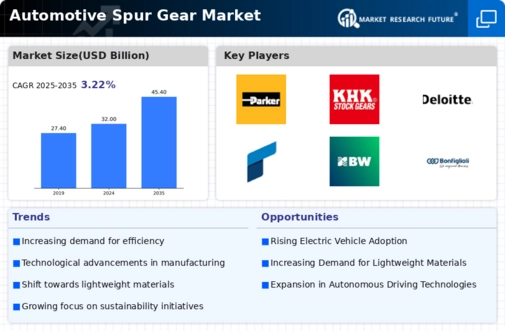
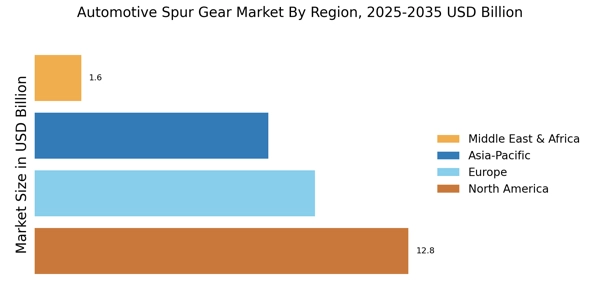

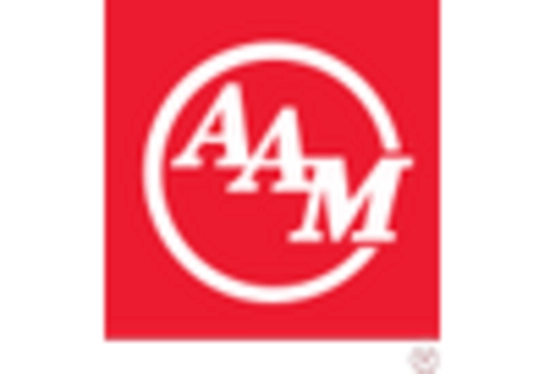

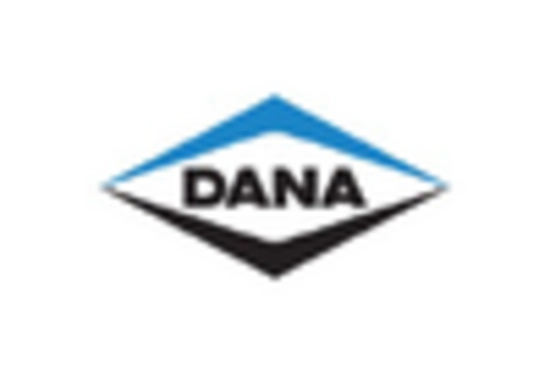
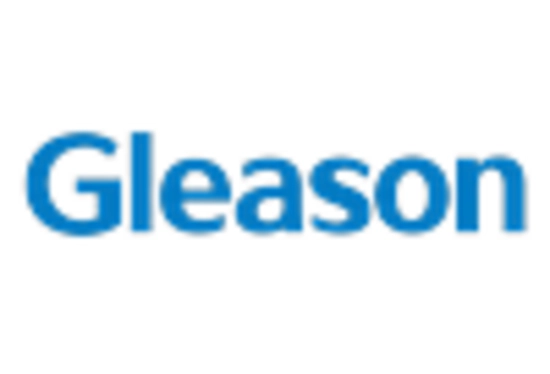
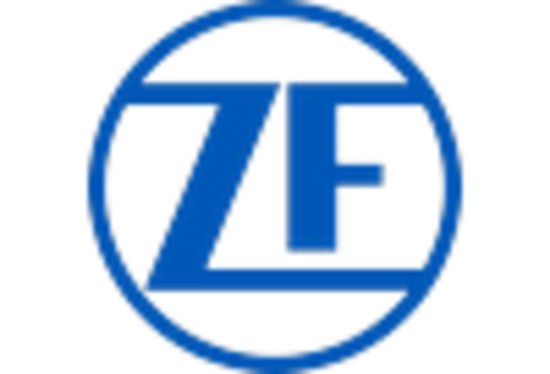








Leave a Comment